ANNOYED BY POP-UPS?
You can avoid this one by signing up ;)
Get Reid's recent blog posts sent to your inbox.
THANKS FOR
HELPING AN
OLD GUY OUT!

There are two ways to travel internationally. The one is to stand out like a sore thumb in dress, be loud and obnoxious, condescending to local customs, steadfastly refuse to try to communicate in the native tongue, complain of every inconvenience and disparagingly compare every experience to how it’d be better back home. In other […]
READ MORE
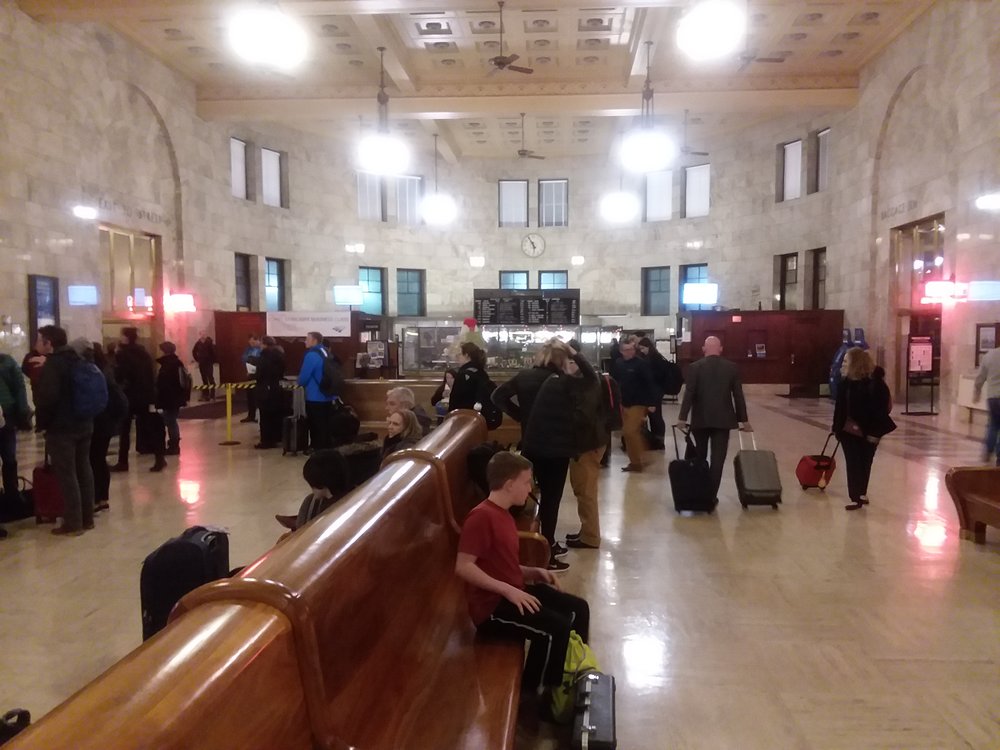
The idea of seeing Europe the way Europeans live there has been a strong organizing principle in my travels, both solo and with Carol. It’s an odd choice, but among my many of choices in life, it doesn’t surprise me. It actually cozily fits my natural incuriosity concerning life. But observing Parisians as they scramble […]
READ MORE
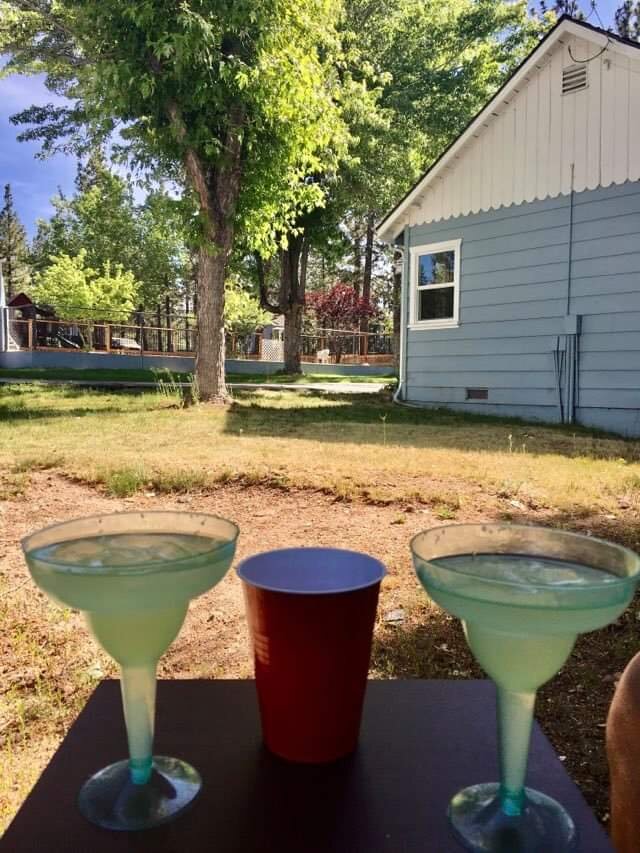
While the coronavirus lockdown has been – for me anyway – a walk in the park without the walk, I could see Carol’s edges fraying like an overused couch. Six months without a planned trip for two people whose relationship has been defined by travel, Carol was itching to get on the road again.
READ MORE
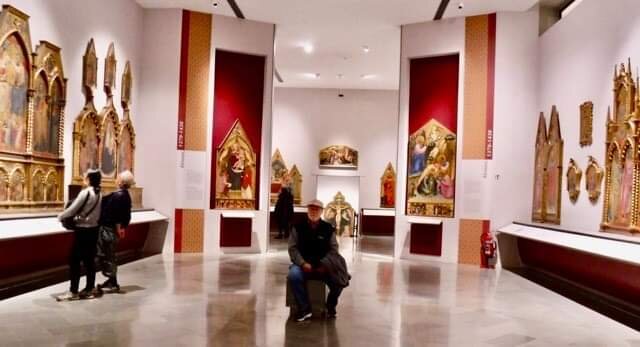
One of the sadder, personal implications of an expanding coronavirus pandemic would be the cancellation, or at least postponement, of our May travel plans.
READ MORE

In our European trips together so far, Carol and I have stayed at about two dozen different hotels and apartments. It’s not surprising, then, that a lot of people would probably like to have asked me what’s been our favorite accommodation.
READ MORE
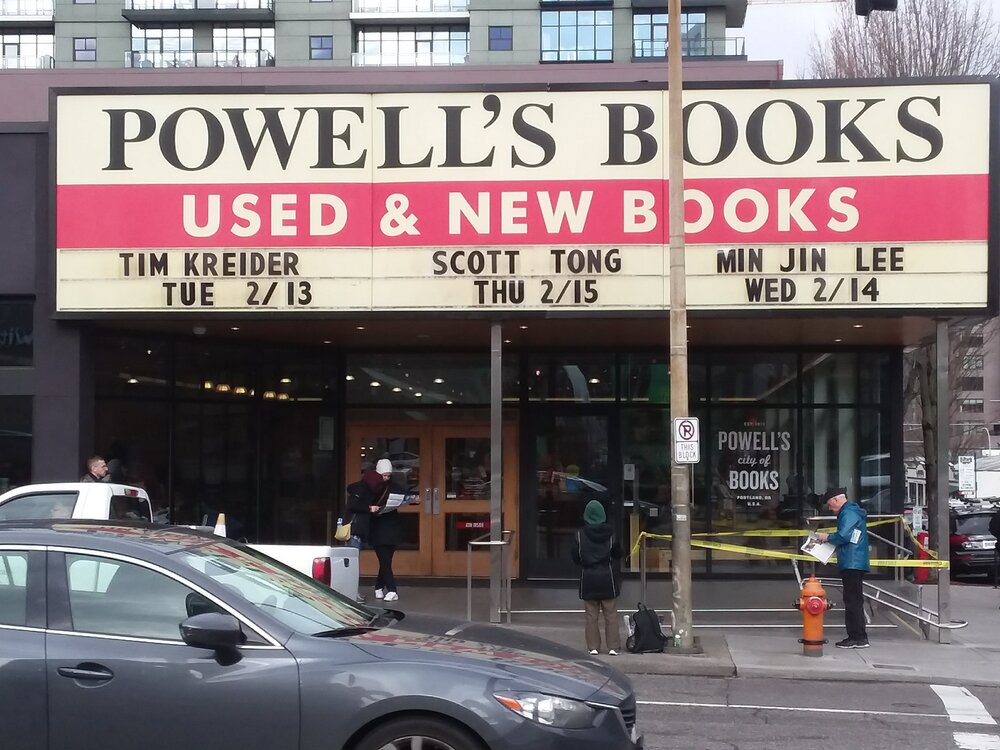
A contingent of Carol’s family recently headed off to Portland, Oregon for the holidays. Since I had made a couple of train trips there, I was asked to recommend places to go and sights to see. As the experienced reader of this blog may have immediately discerned, I had precious little to offer. Outside of the famous Powell’s bookstore, there was the historic landmark of the city’s Union Station, which I was aware of only because that’s where I had disembarked from Amtrak. There was the homeless encampment surrounding the station, the motel with the iconic 1950s era sign, where I stayed quite cheaply, and a sports bar near a strip joint that had been located within walking distance from the train station.
READ MORE
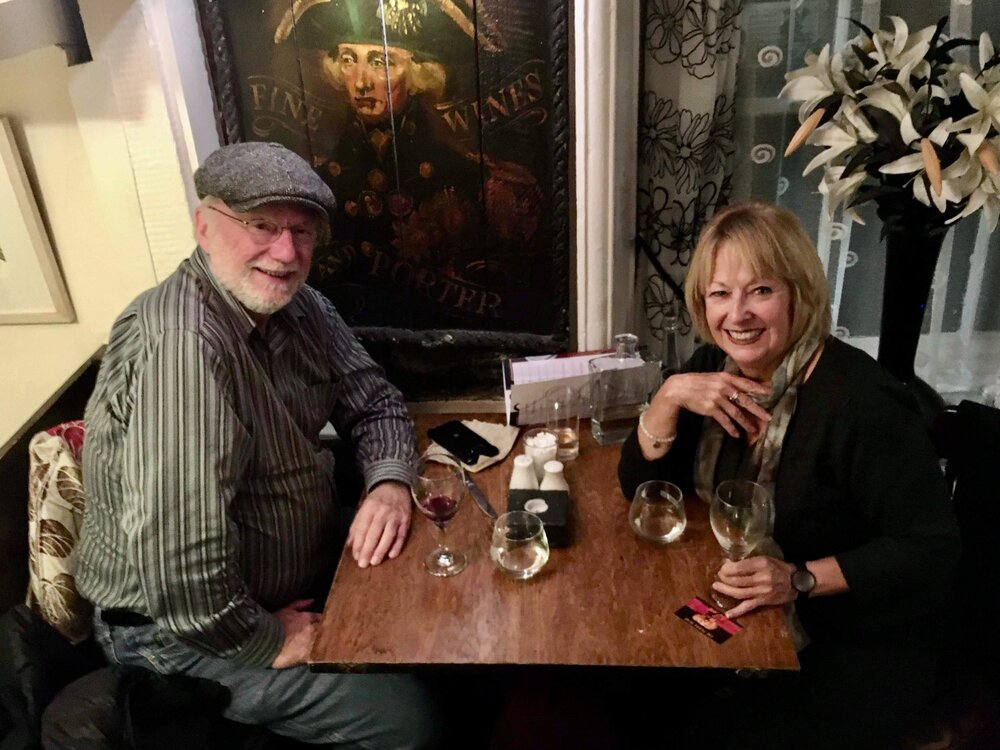
What you crave in reading a travel narrative is the unexpected, a taste of fear, the sudden emergence by the roadside of a wicked policeman, threatening harm.
READ MORE

Carol and I boarded Amtrak’s #59, still known as The City of New Orleans, on a Monday, but not in the morning. There were eleven cars. There would be three sets of only two conductors each for the trip to New Orleans. There were 218 passengers. The train no longer carried mail. In short there wasn’t much still in common with Arlo Guthrie’s ballad, except this: Guthrie released his version of the song in 1971, and the cars we were riding in dated back to the 1970s.
READ MORE
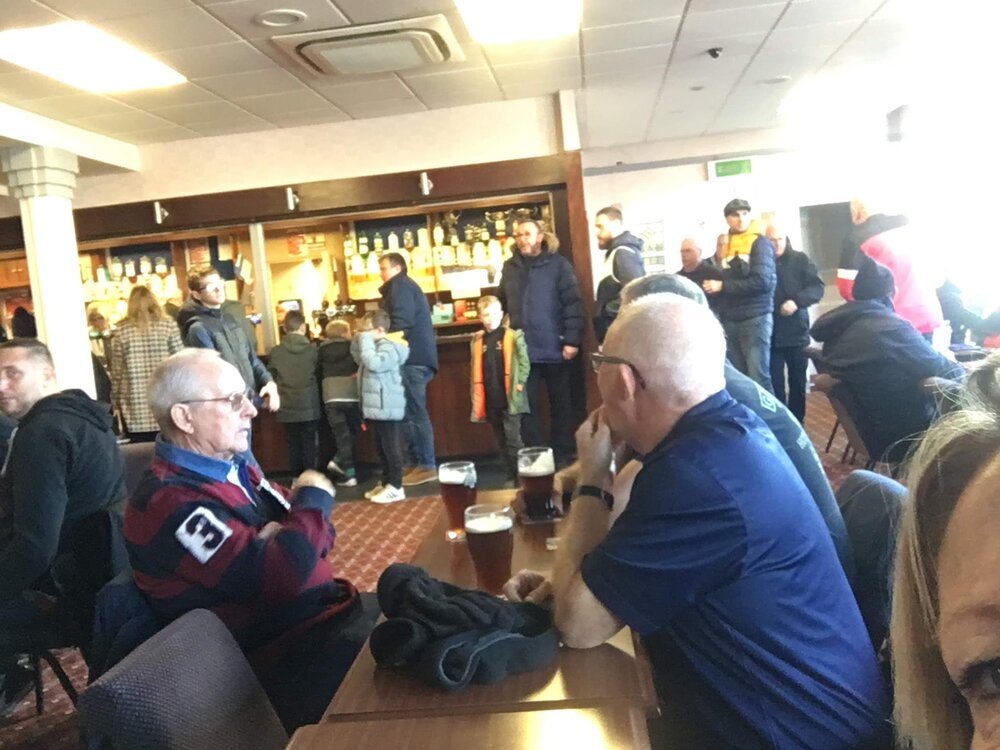
Carol and I have been living in our little 55+ community for more than a year, and I’m happy to say we haven’t met anybody there yet. On the other hand, we’ve spent about seventeen weeks of that year traveling and meeting scores of friendly, outgoing people that we’re never going to see again. For that reason, those are the very people I like to call my friends.
READ MORE
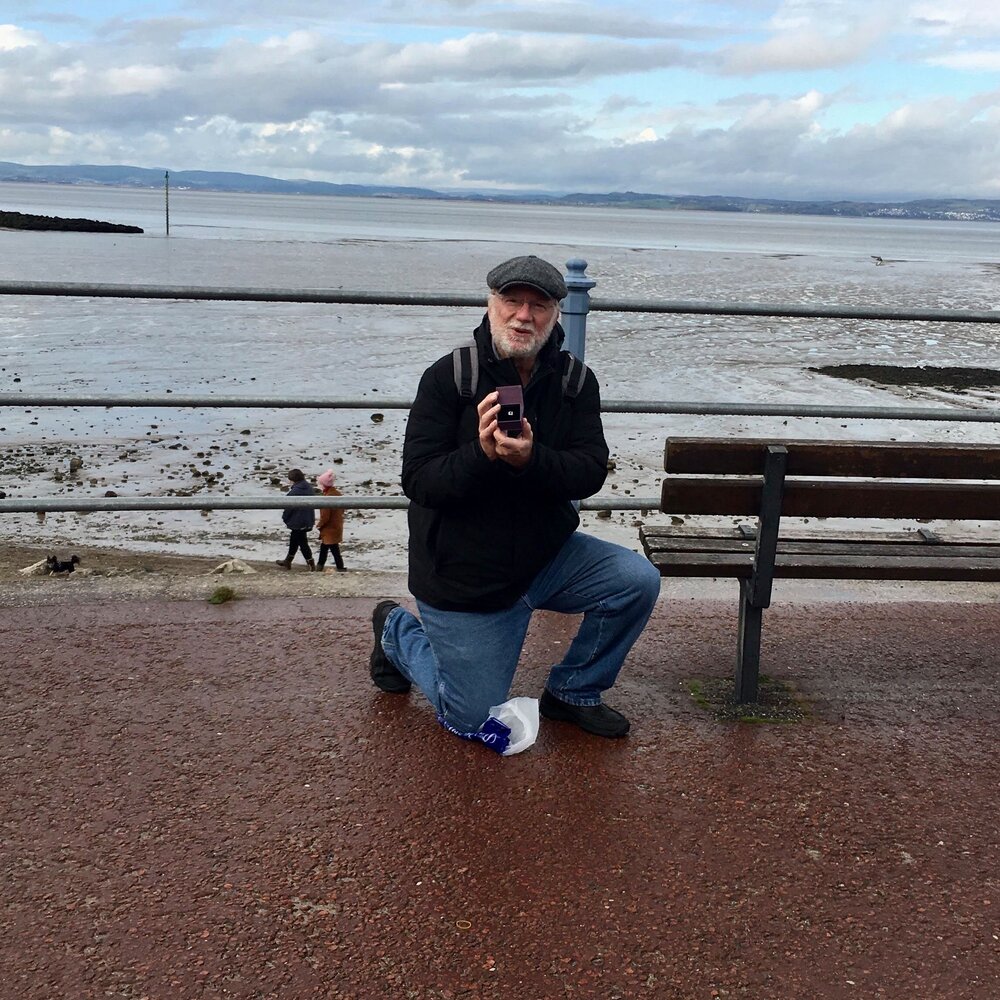
When traveling, I don’t like committing to much in advance. I don’t make hotel accommodations until I know what train I’m arriving on, and I don’t know what train I’m arriving on until I know what city we’re going to next. And I don’t know what city I’m going to until…well, you get the idea: when contemplating tomorrow on the road, I prefer waiting until today has more or less become yesterday.